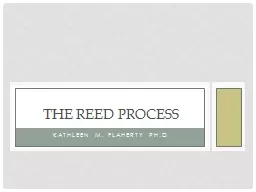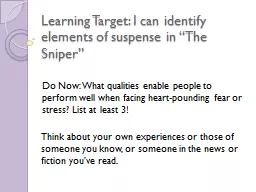PPT-KATHLEEN m. FLAHERTY Ph.D.
Author : min-jolicoeur | Published Date : 2018-01-04
The REED Process Just a thought Getting Paper Trained is hard work IDEA 300305 REED Review of Existing Educational Data IDEA 300305 as part of an initial evaluation
Presentation Embed Code
Download Presentation
Download Presentation The PPT/PDF document "KATHLEEN m. FLAHERTY Ph.D." is the property of its rightful owner. Permission is granted to download and print the materials on this website for personal, non-commercial use only, and to display it on your personal computer provided you do not modify the materials and that you retain all copyright notices contained in the materials. By downloading content from our website, you accept the terms of this agreement.
KATHLEEN m. FLAHERTY Ph.D.: Transcript
Download Rules Of Document
"KATHLEEN m. FLAHERTY Ph.D."The content belongs to its owner. You may download and print it for personal use, without modification, and keep all copyright notices. By downloading, you agree to these terms.
Related Documents














